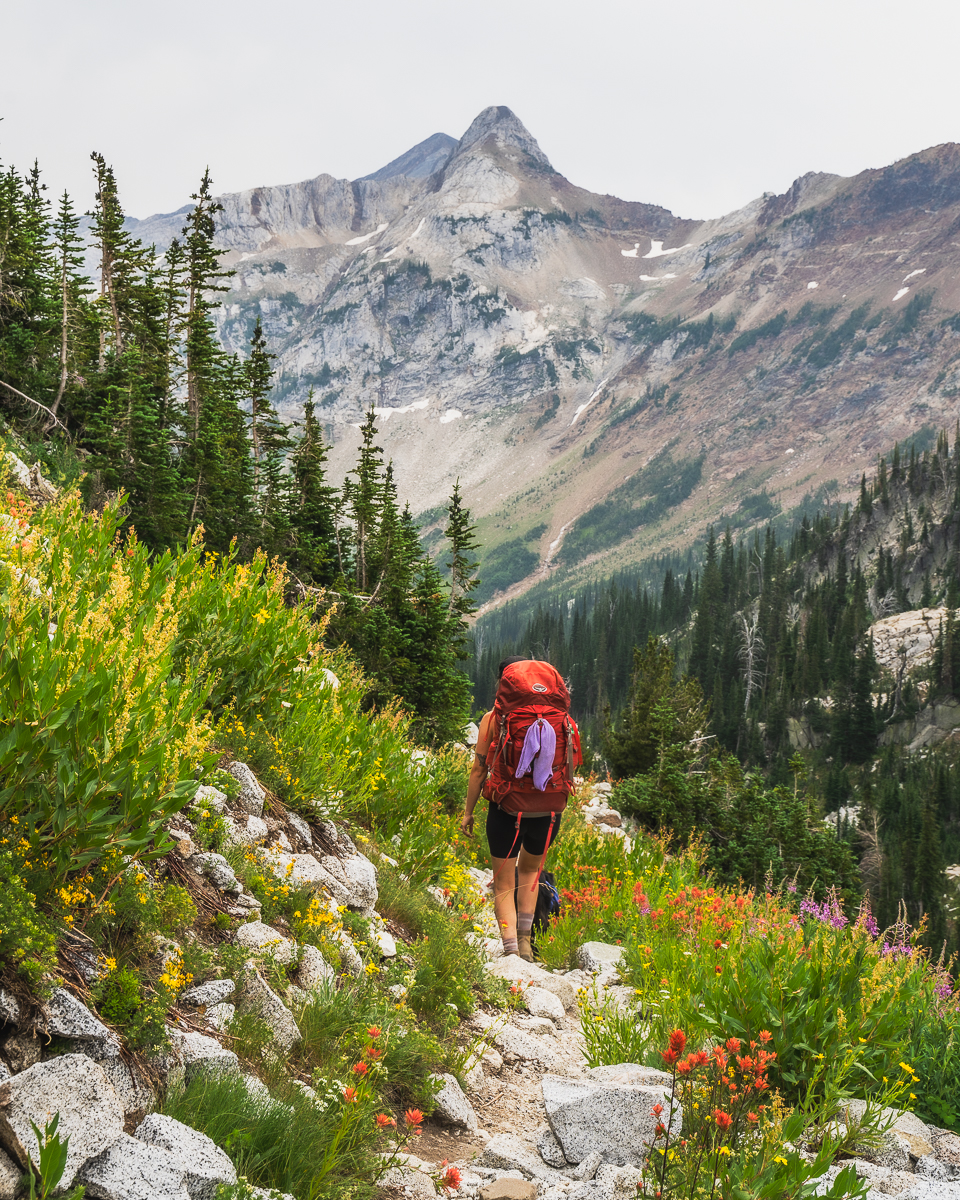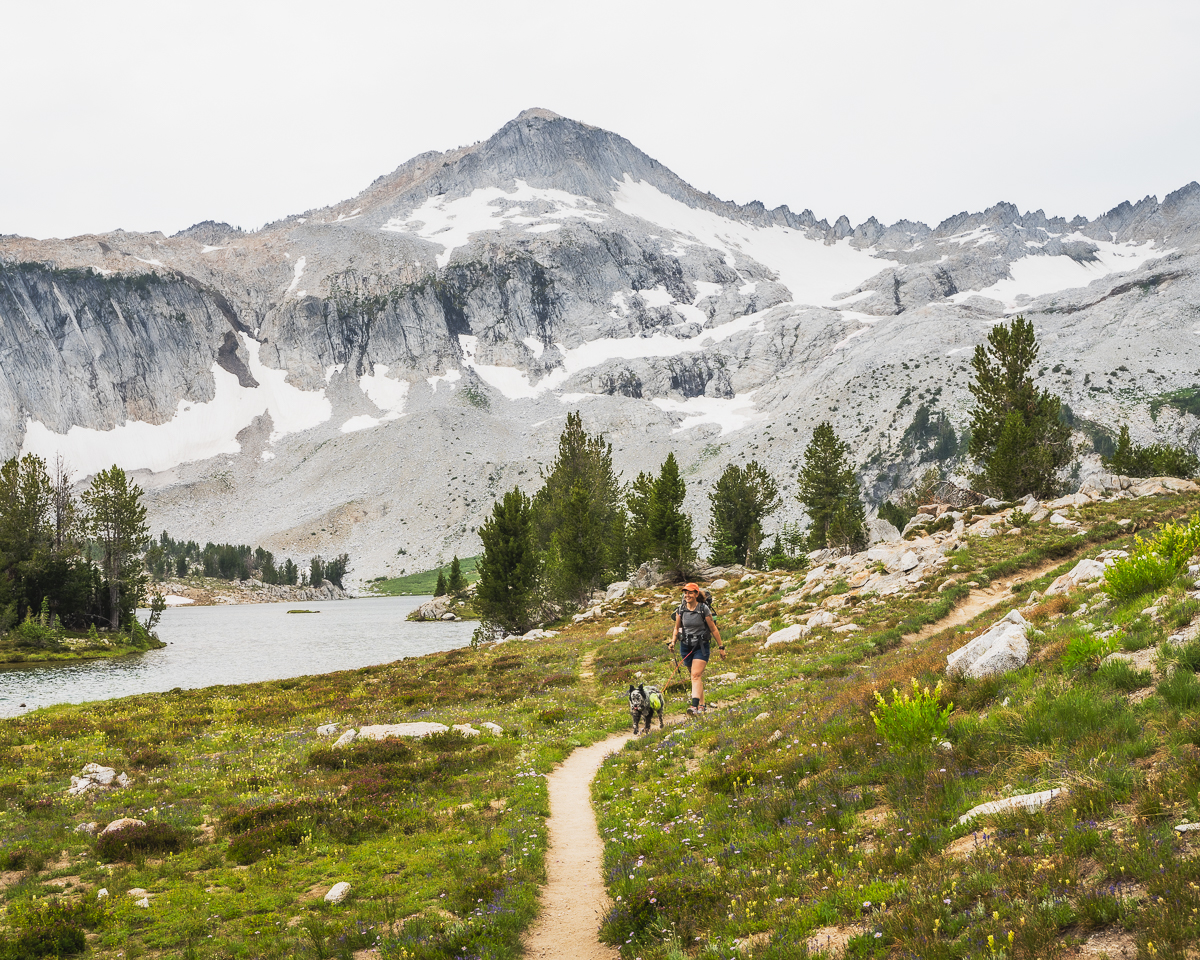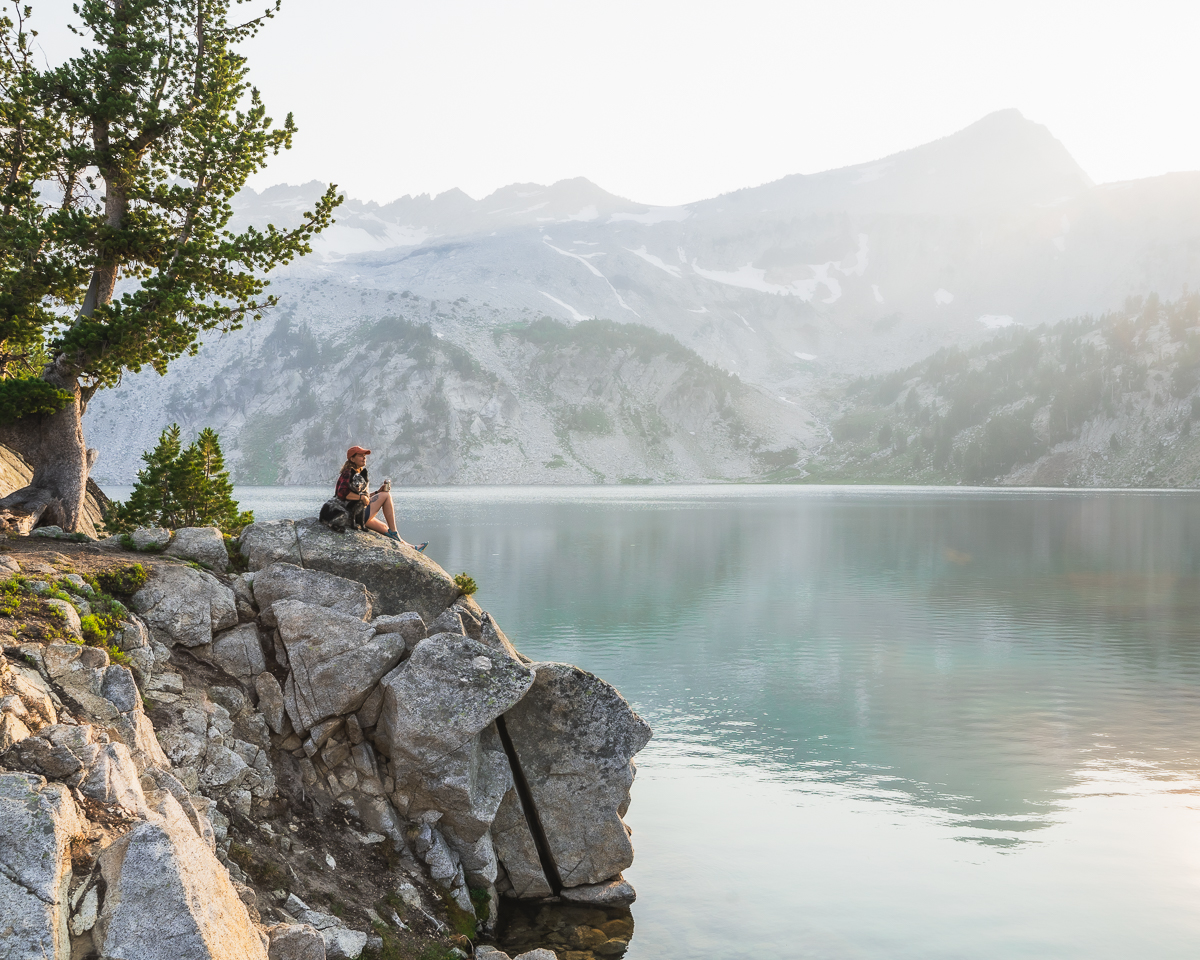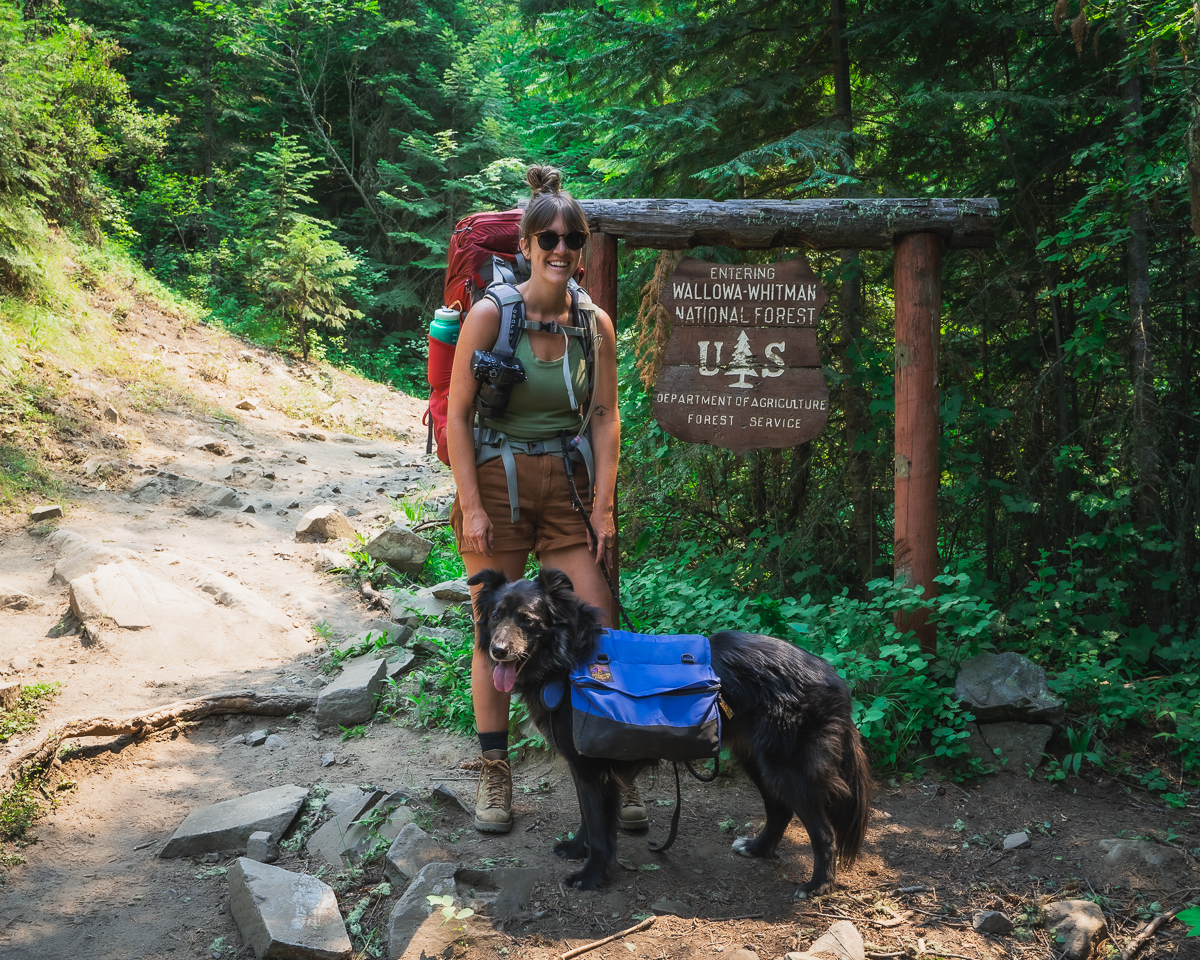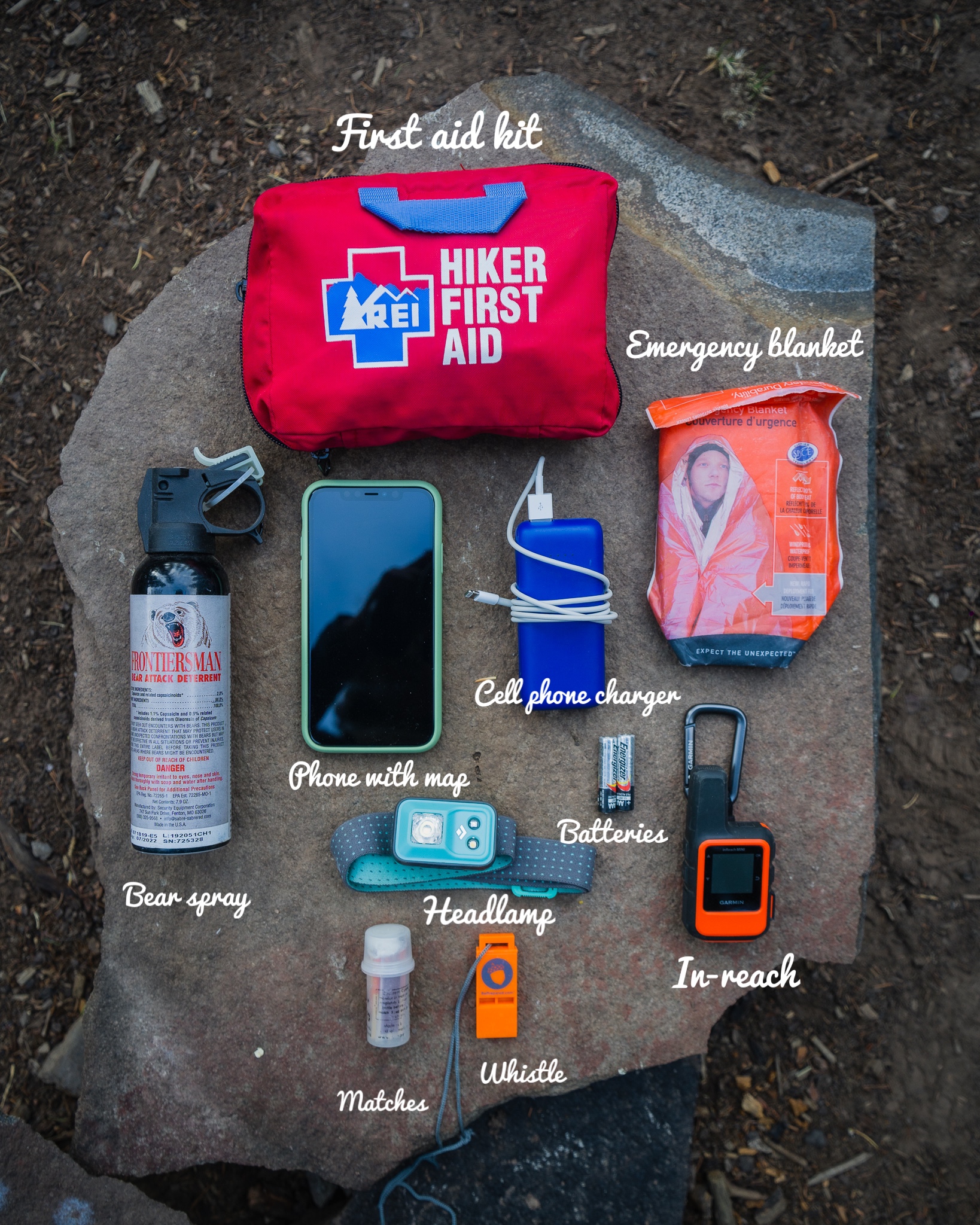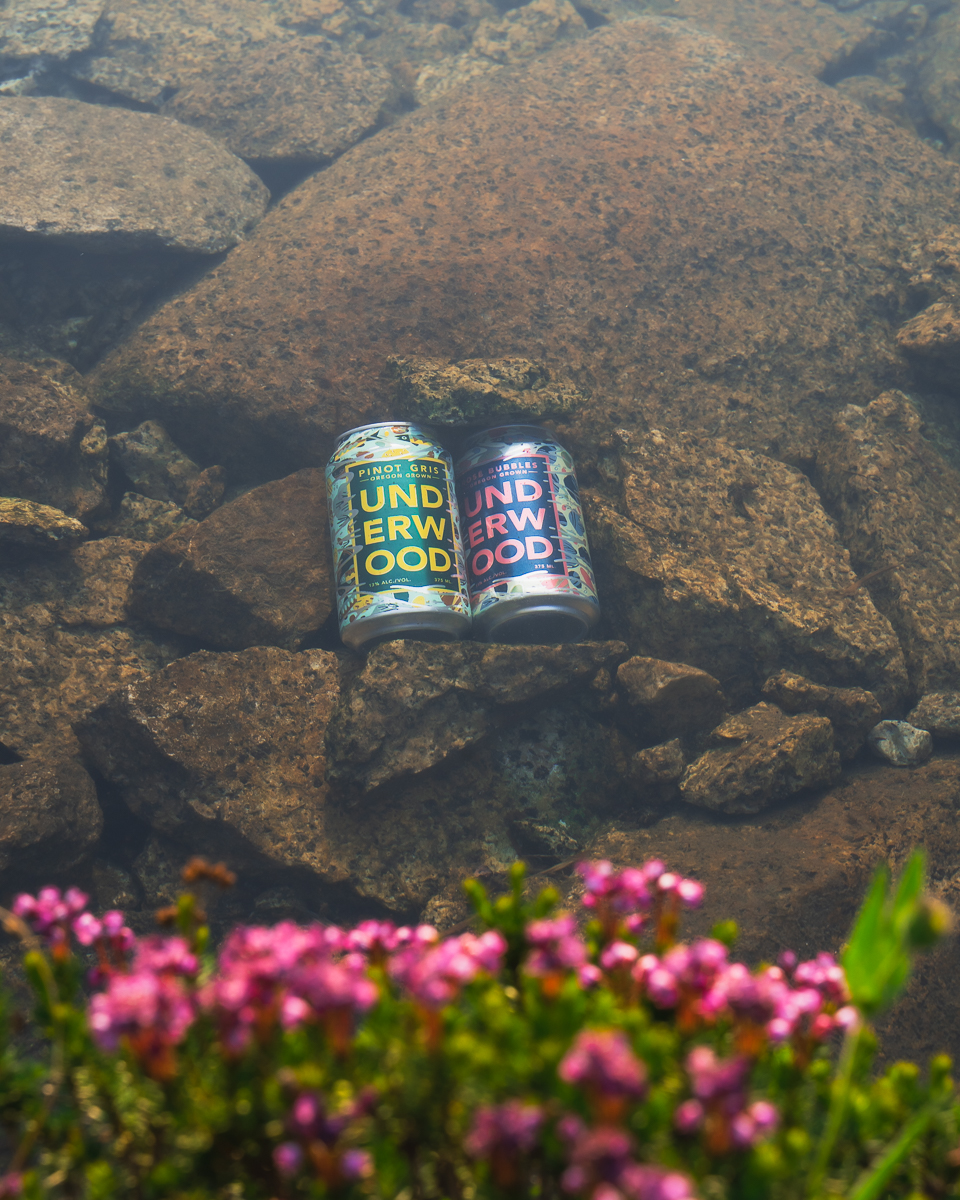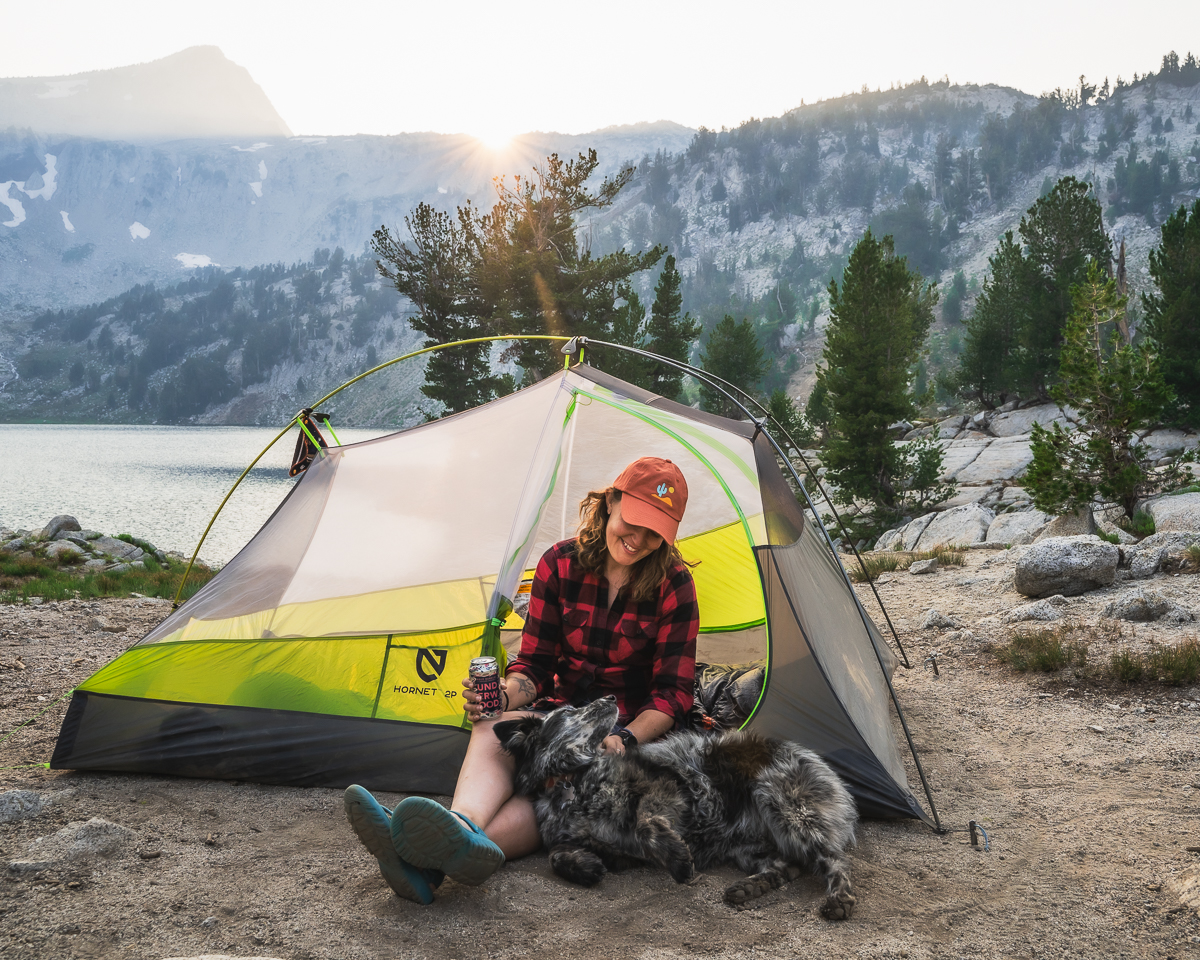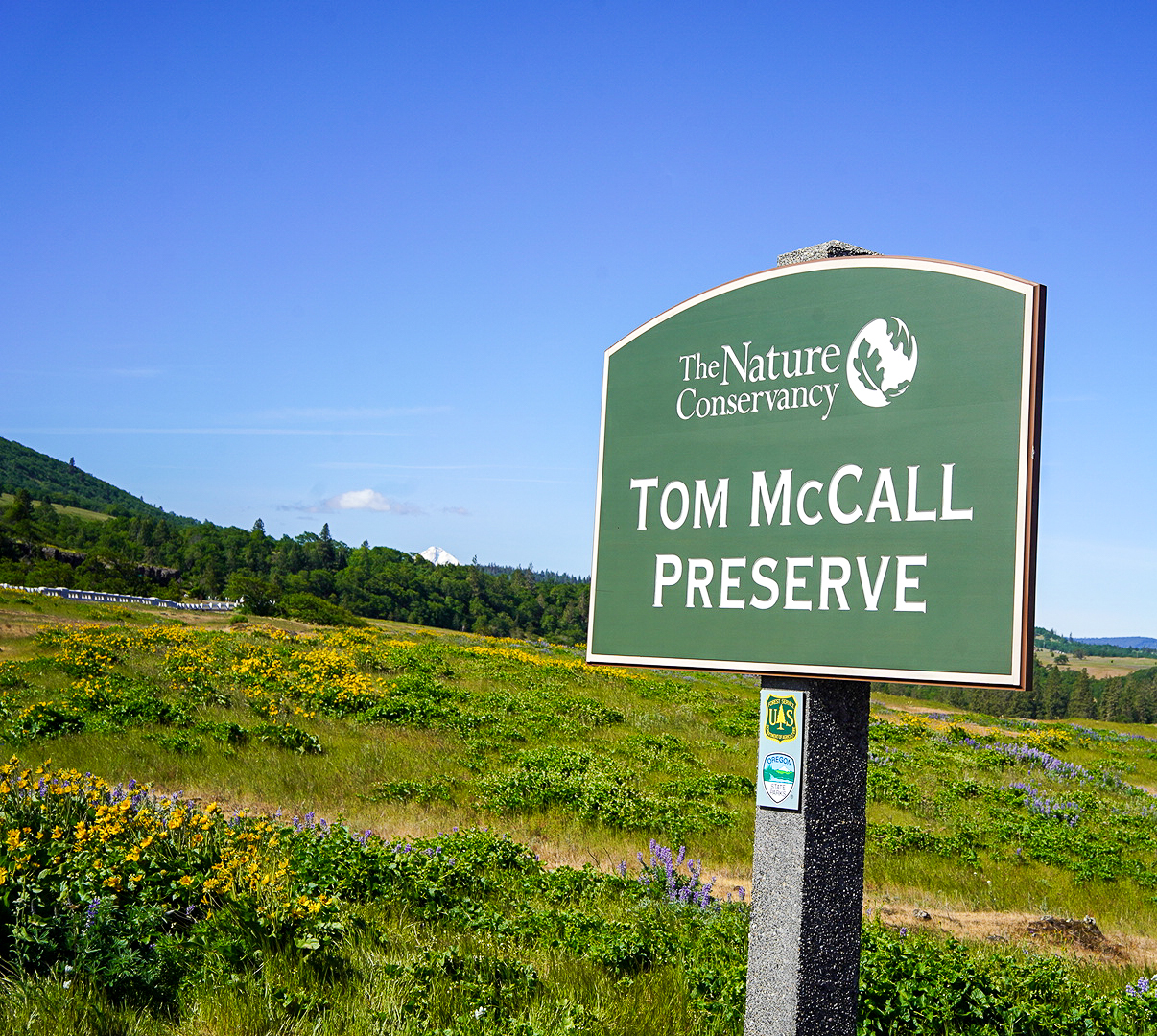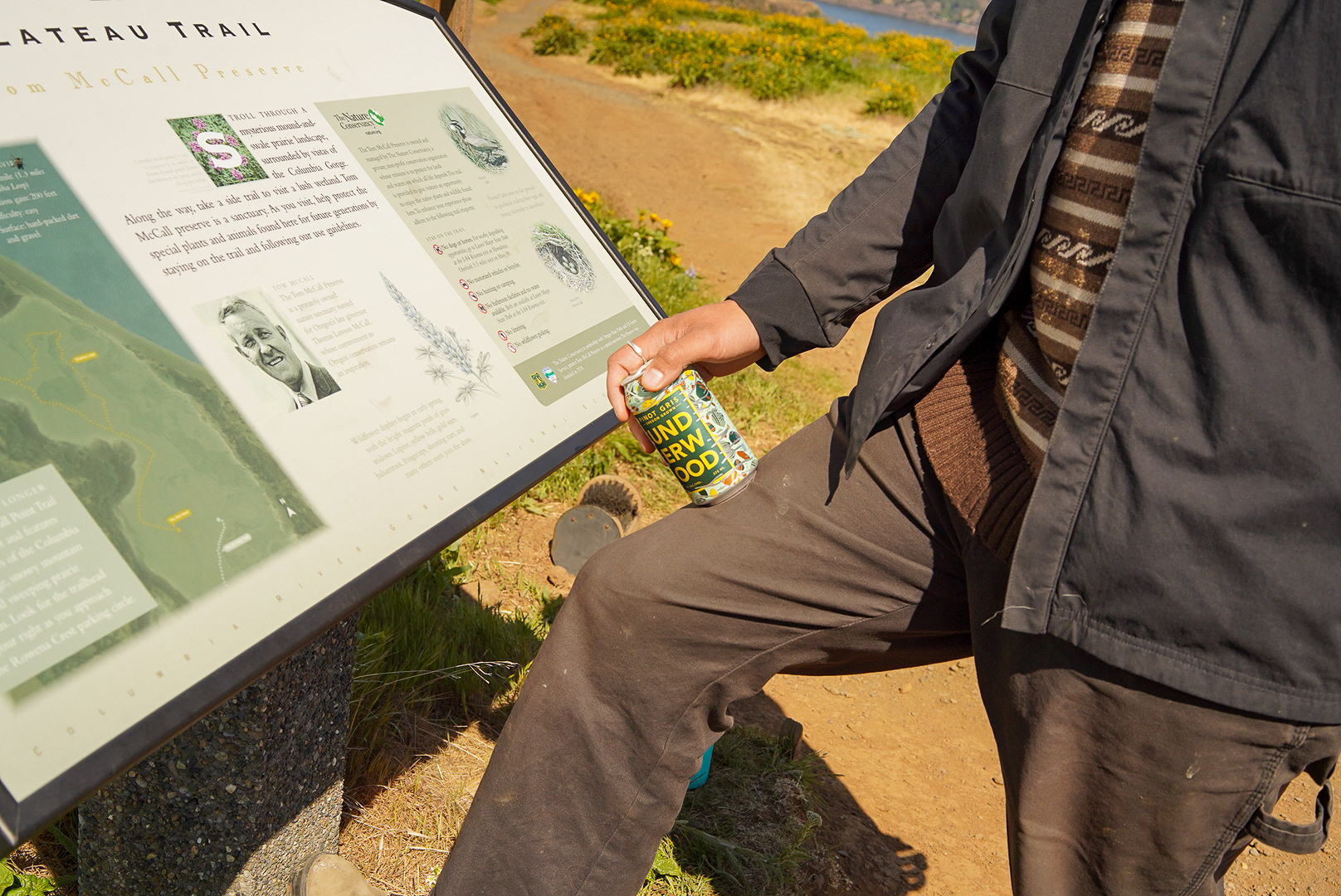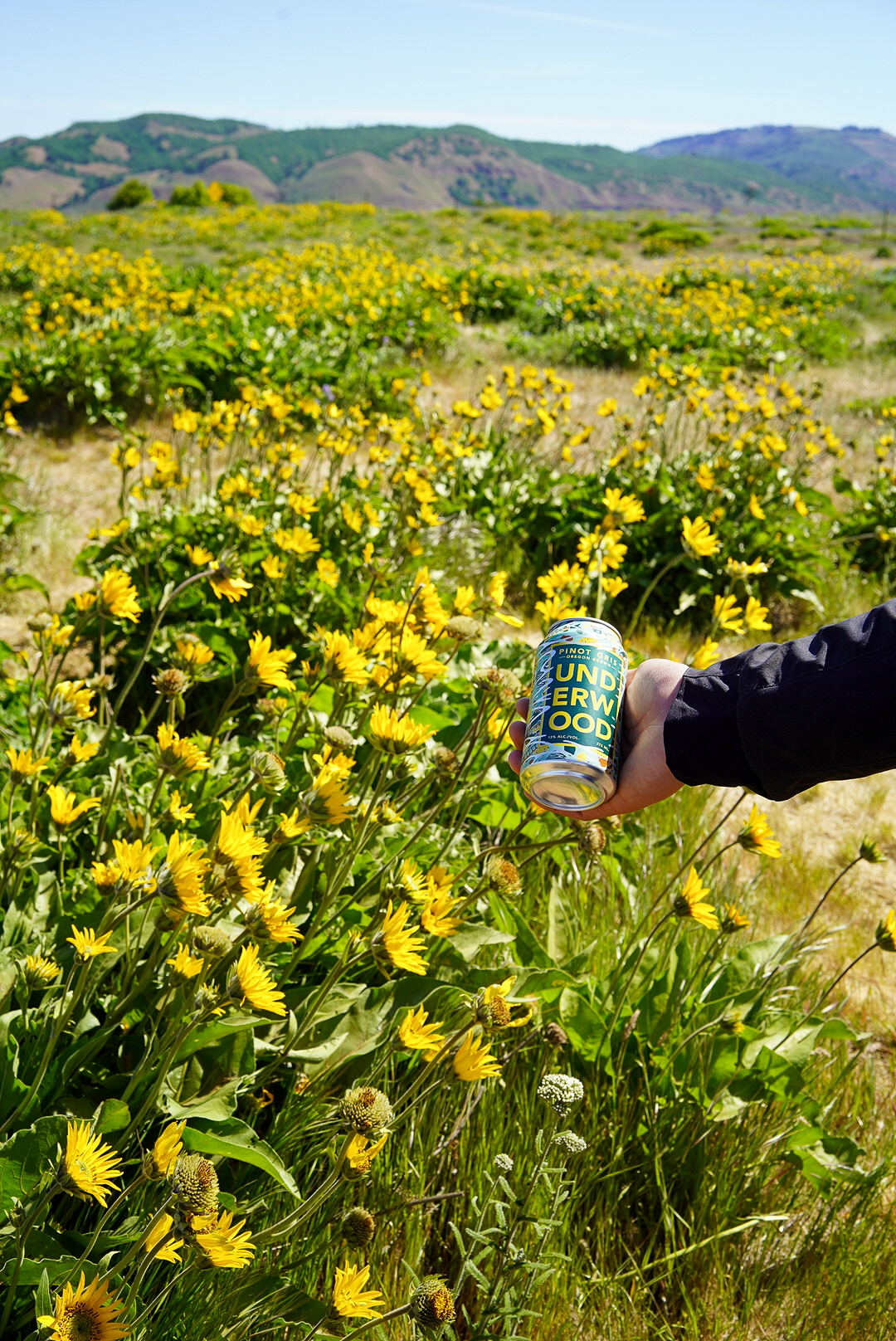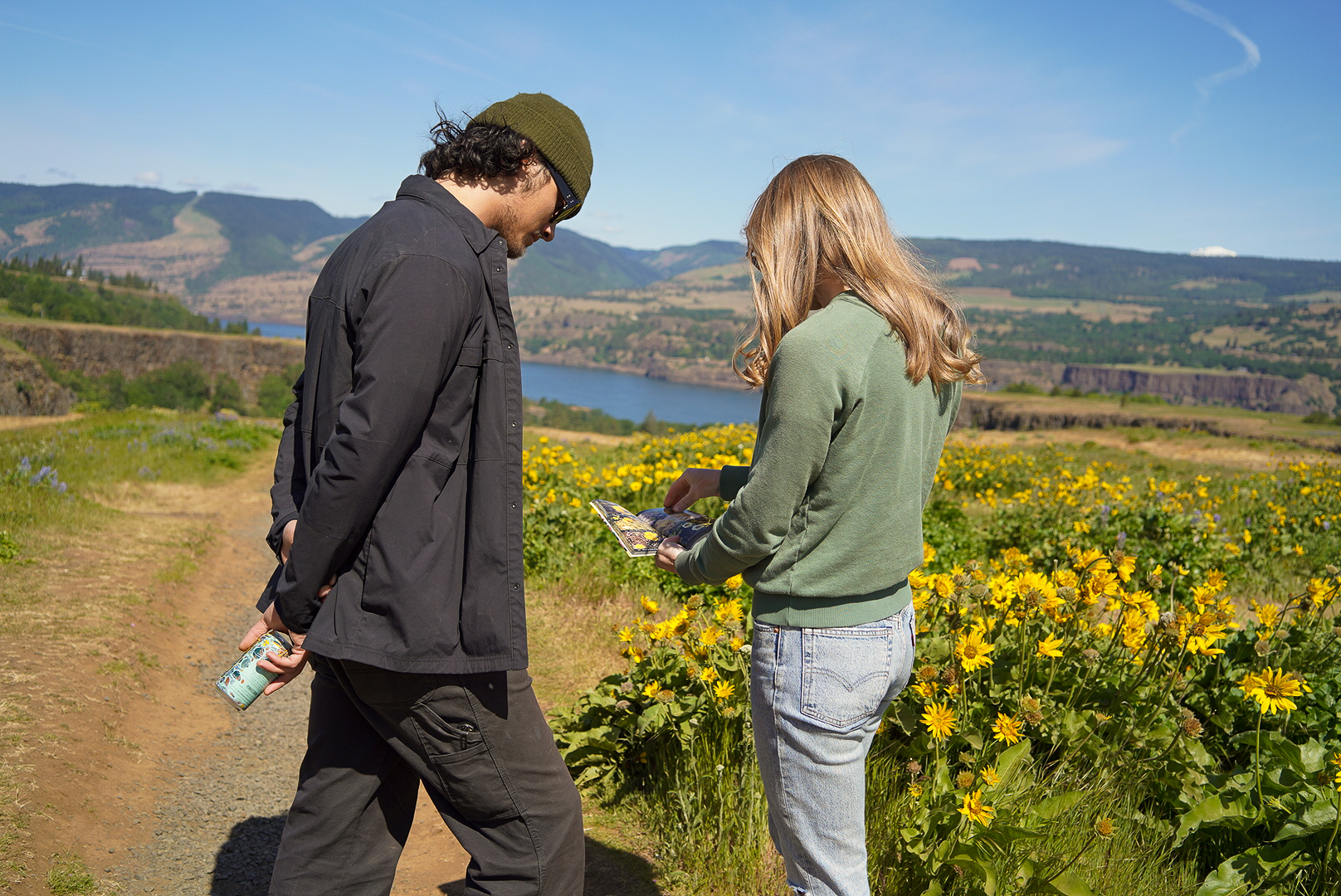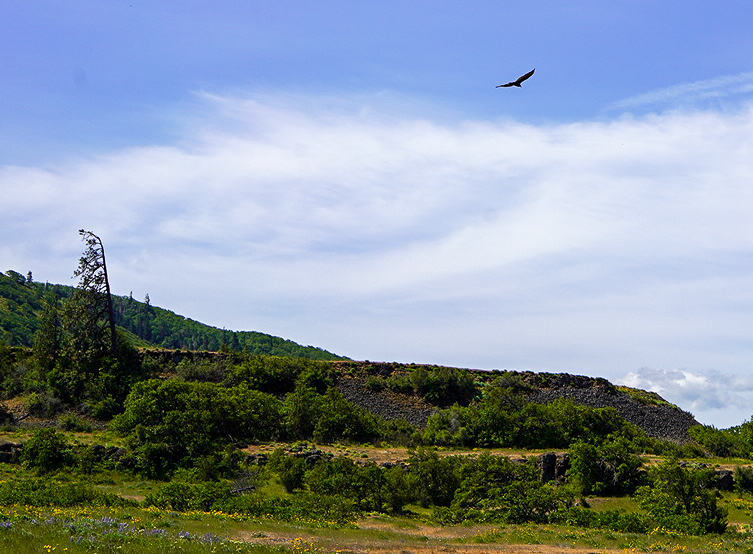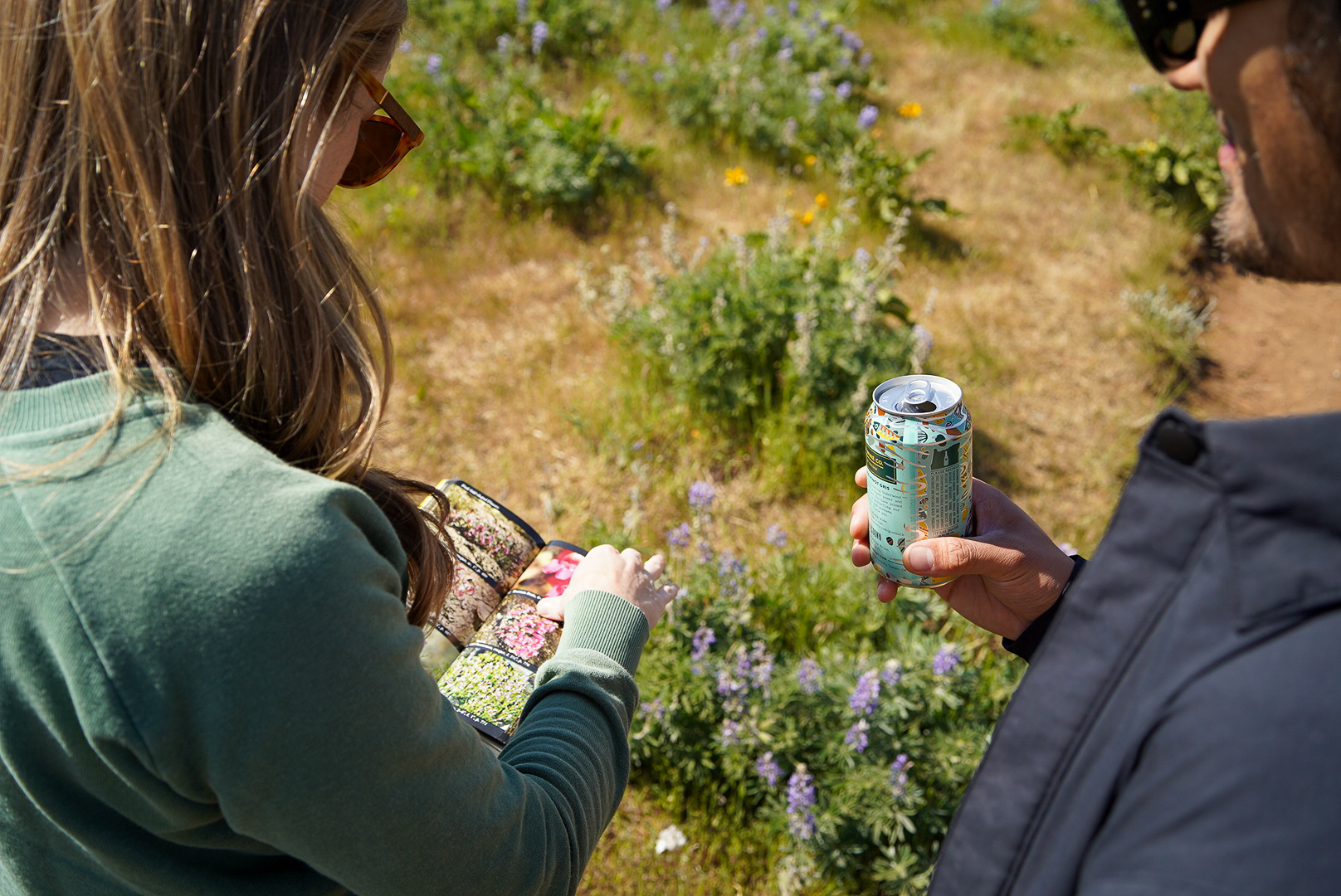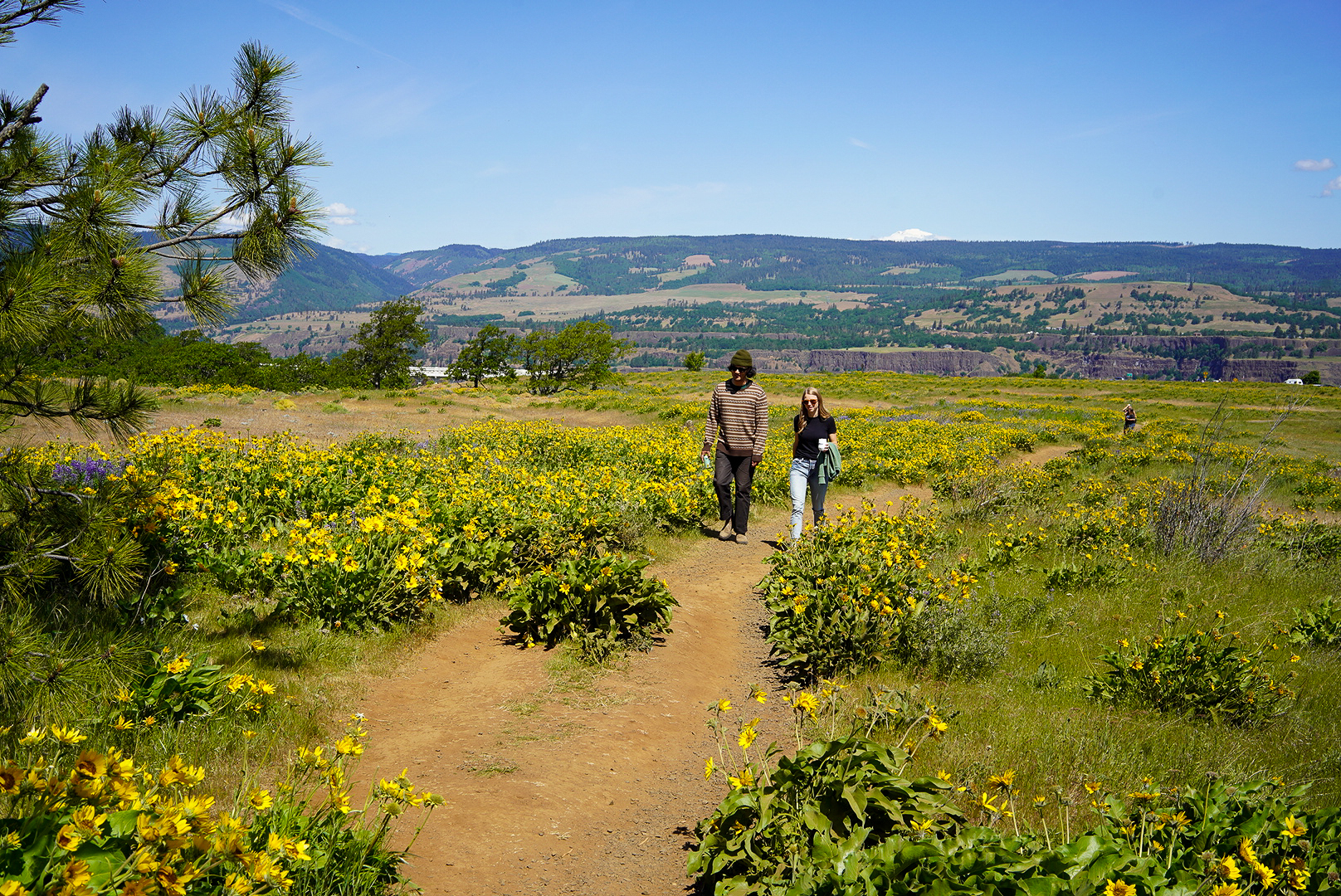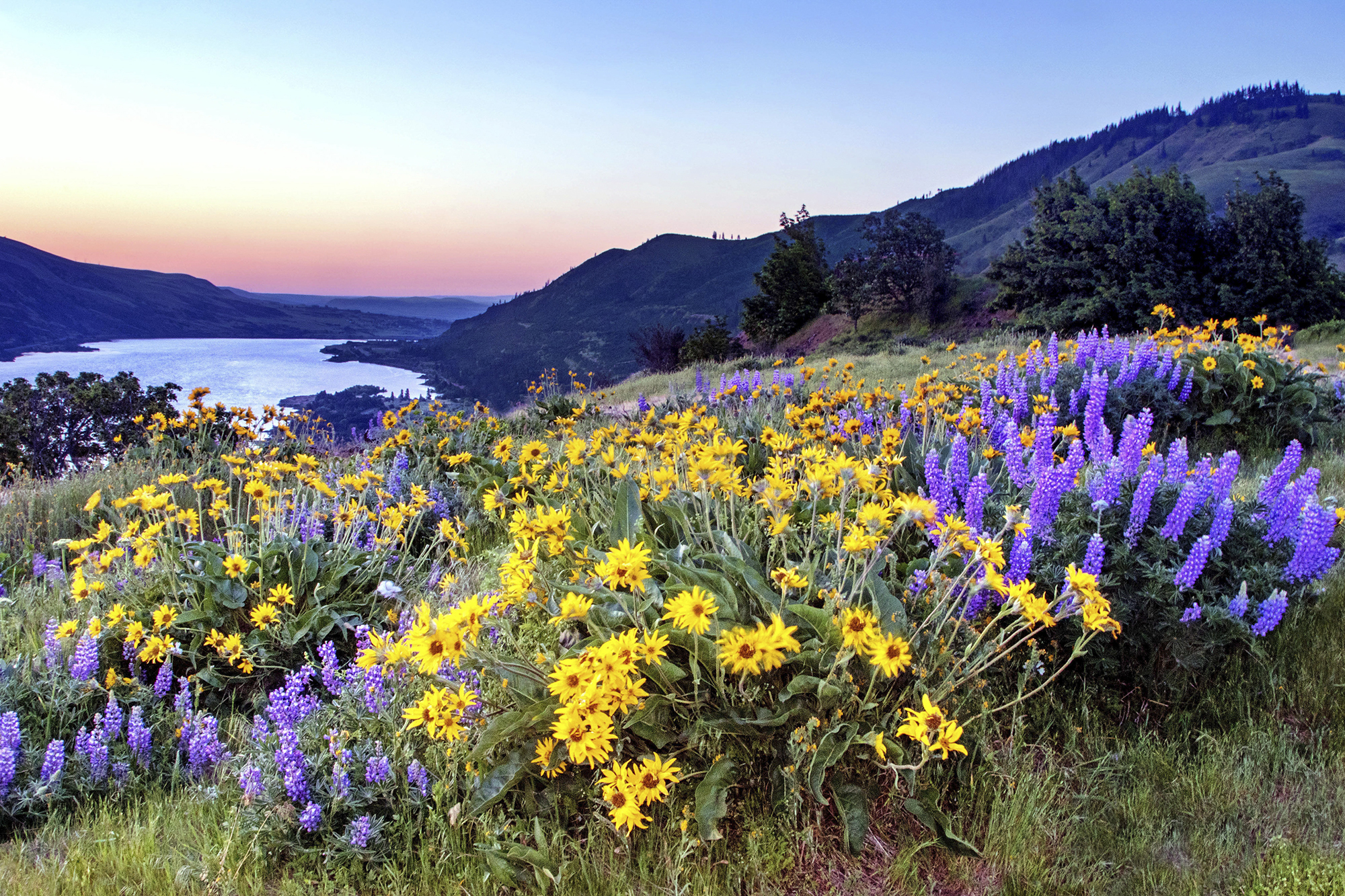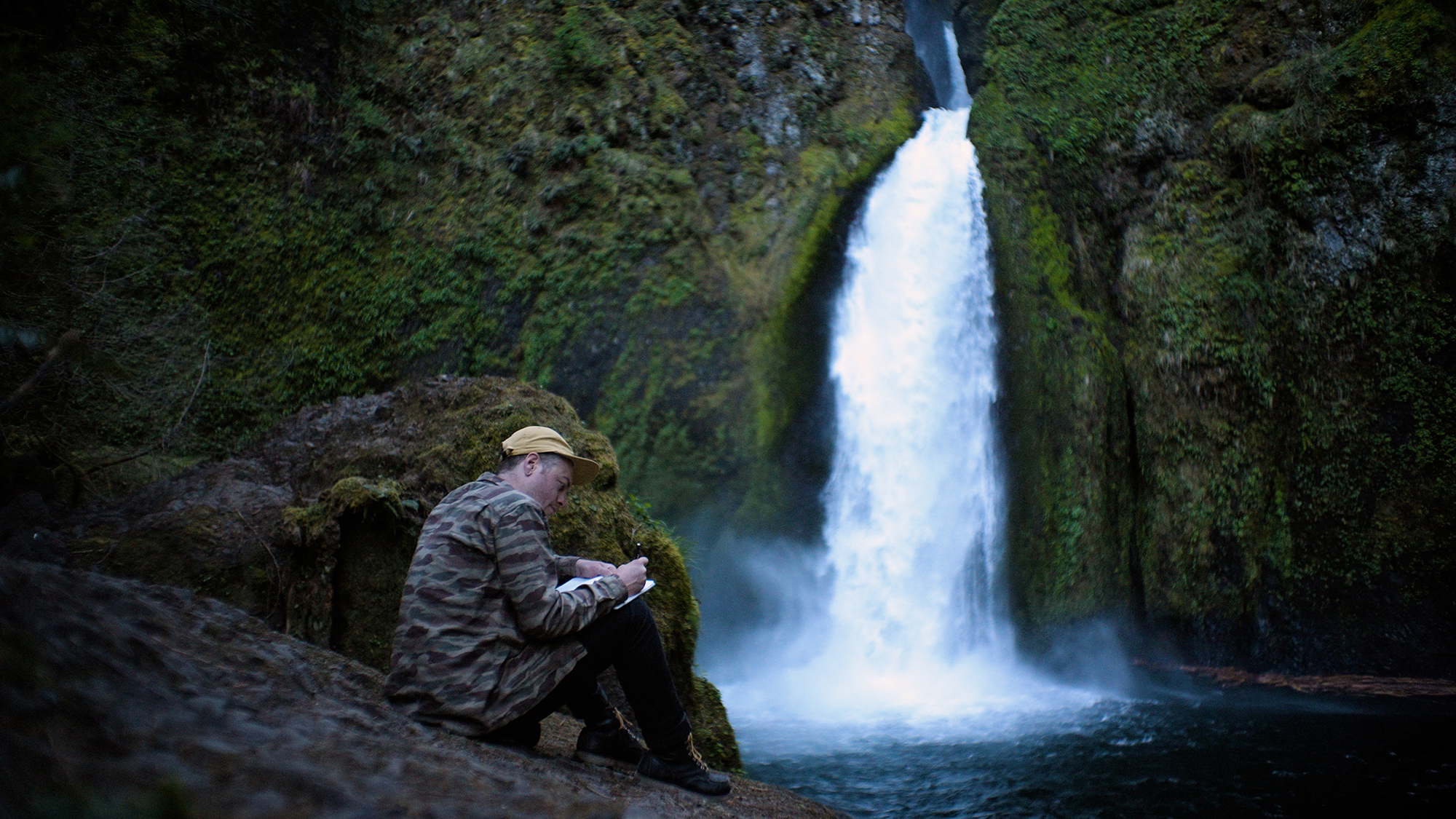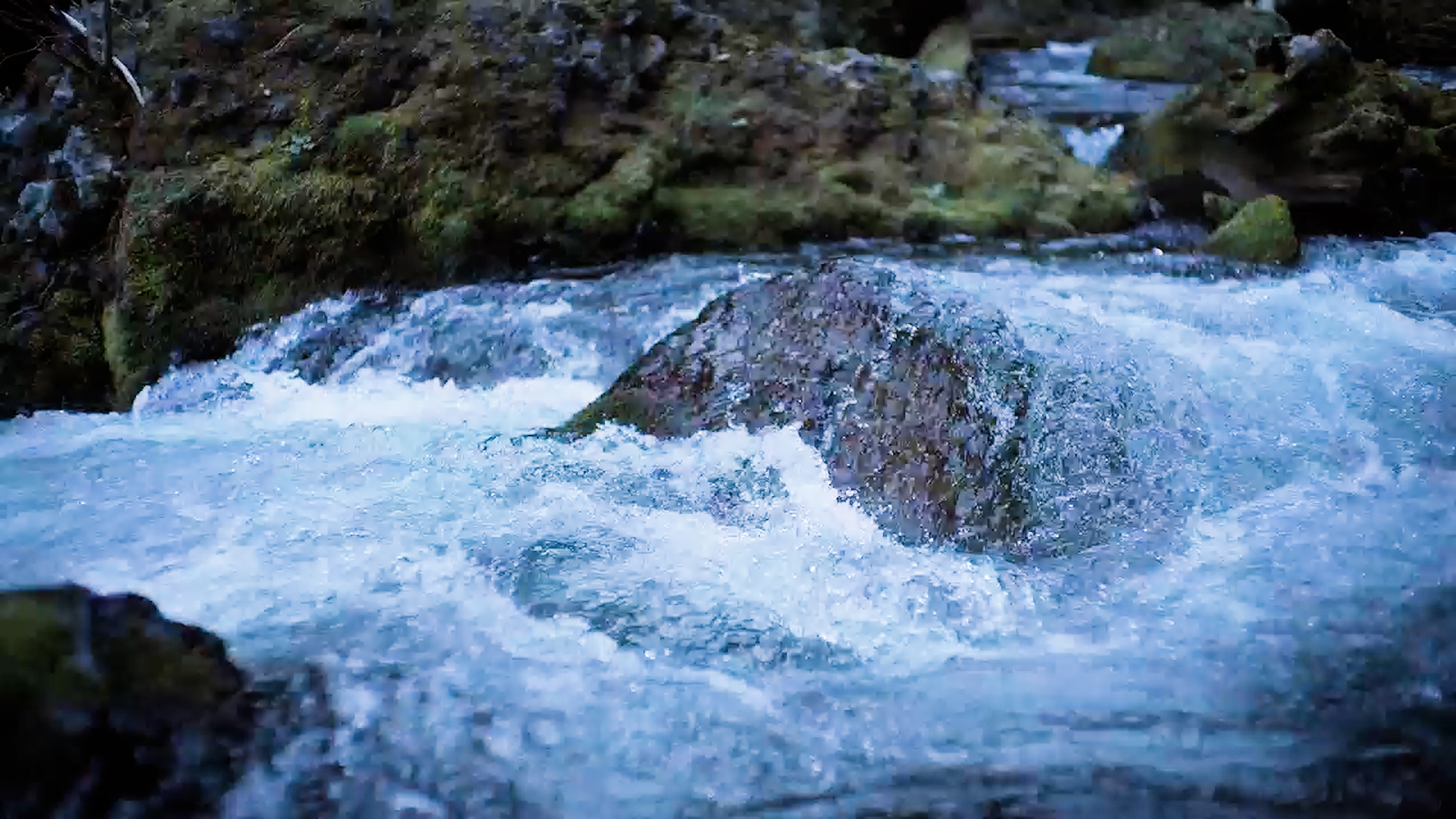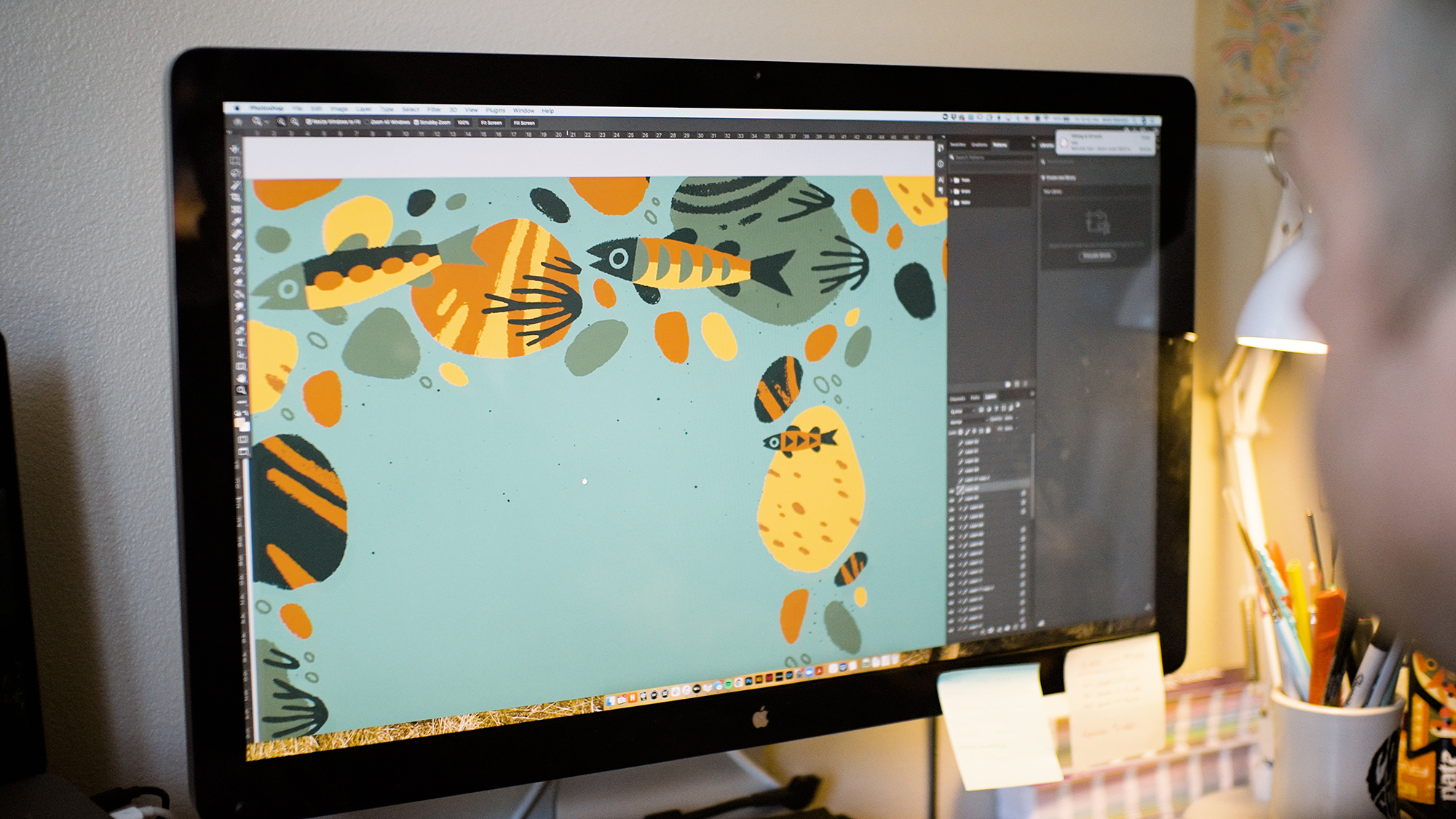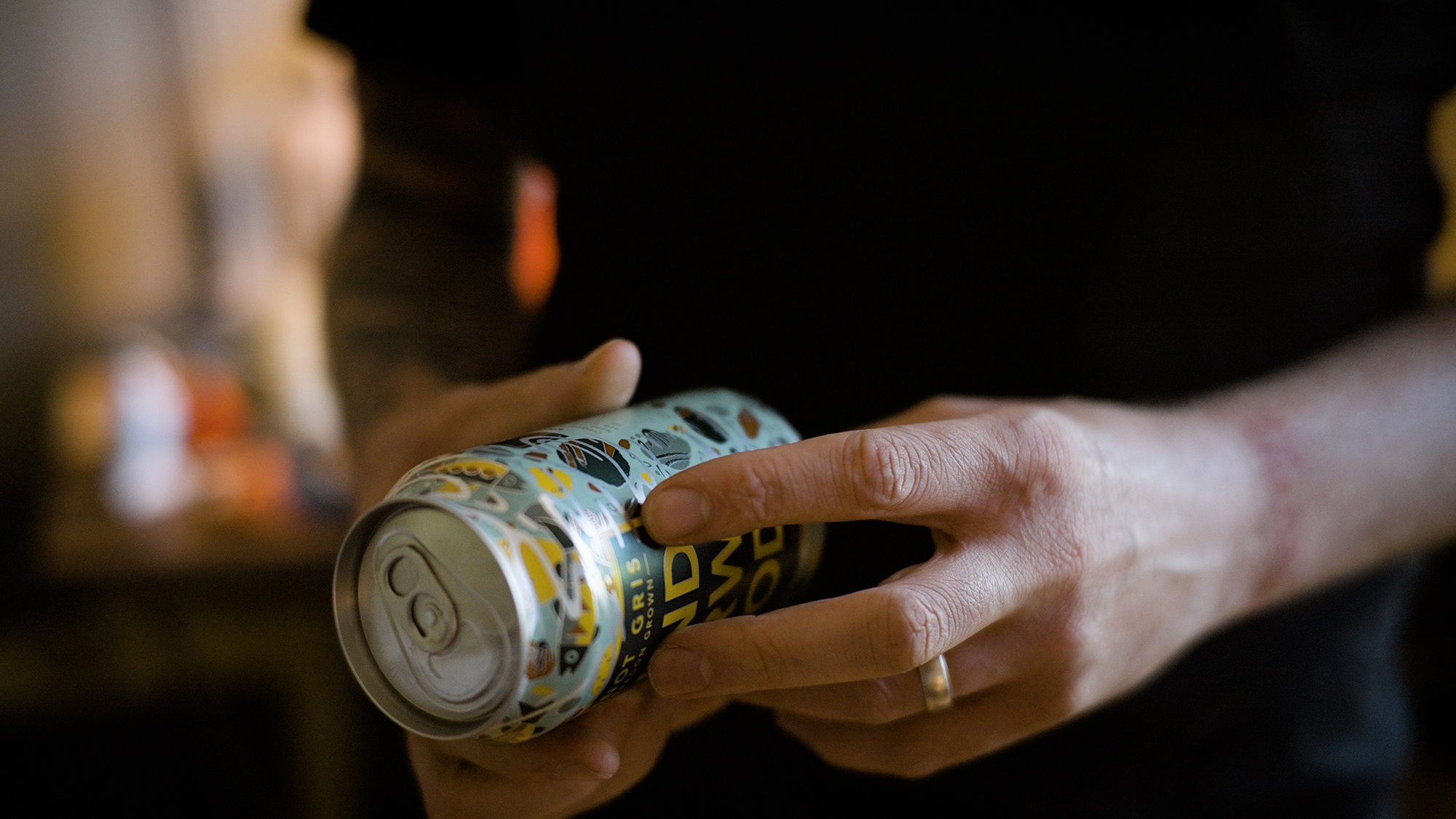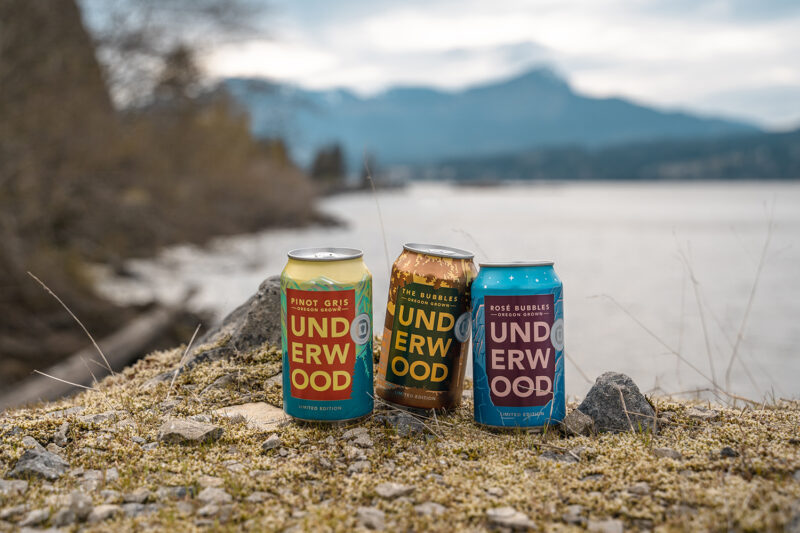
Summer is just about here, and it is time to start planning sunny hiking and camping trips! However, before setting out on the trails, it is important to take a step back and focus on how you can minimize your impact on the land this year. For example, when you’re packing up your Underwood canned wine, don’t forget to pack it out!
Union Wine Company has partnered with the National Park Foundation, the official nonprofit partner of the National Park Service, to launch limited-edition cans for their wins, commemorating the national parks.
The National Park Foundation supports programs and projects that help parks become more sustainable and energy efficient, such as installing water stations, increasing recycling efforts, and investing in renewable energy – and it is important visitors do their part too. It is commonly accepted in the outdoor community that you should always follow the 7 Principles of Leave No Trace on your adventures, and do what you can to keep our parks and nature areas protected.
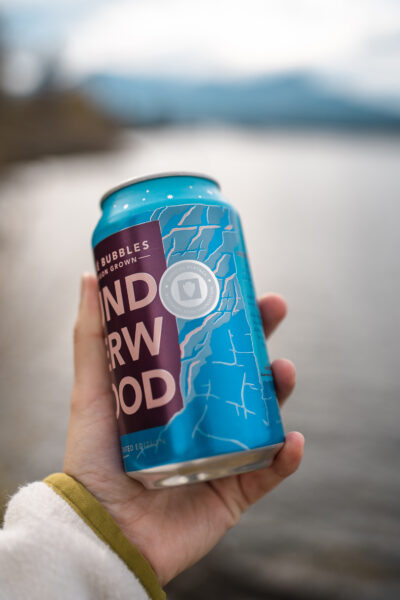
Below are the 7 Principles of Leave No Trace as well as a few other tips to be responsible outdoors.
Plan Ahead & Be Prepared
Always do some research before your hiking and camping trips. Before visiting a national or state park, it is a good idea to check the park website for any rules or regulations for the area. This is where you will find information about closures, permits, fees, and pet restrictions.
You should also always check recent trail conditions and weather for the day of your hike. Websites like AllTrails have trail reports from recent hikers to help set expectations for your trip. Being prepared will keep you safe and help you to minimize your impact on the land.
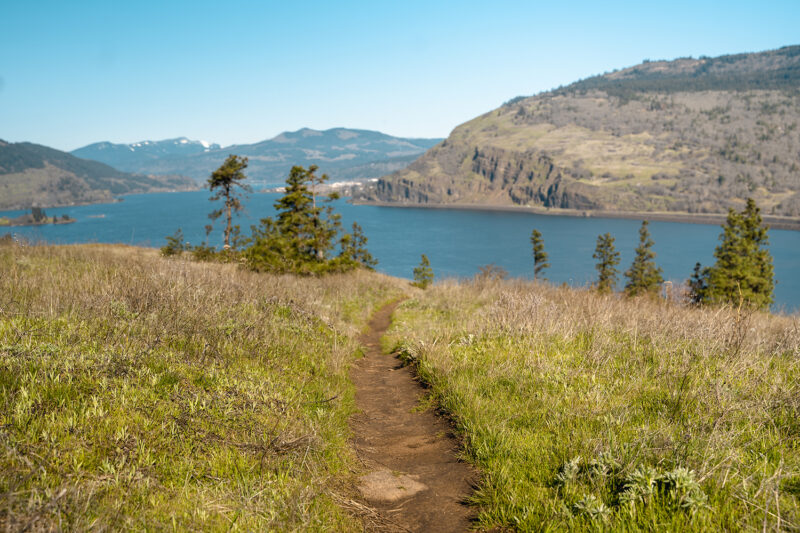
Stay on Durable Surfaces
Always stay on the trail during your hike. Do not wander off the trail as this destroys the land and can impact wildlife’s environment. This is especially important in fragile alpine environments, like Mount Rainier, where plants can take years to recover.
Staying on the trail includes- walking through the mud if it covers the trail, not cutting up switchbacks, and finding wide or durable spots to take breaks. If you are camping, set up your tent on hard-packed dirt where it looks like previous campers have been.
During wildflower season, it can be tempting to wander off the trail for photos. Resist the temptation, and keep the meadows pristine for future visitors. Wildflowers are often still present beneath the surface of the dirt, and stepping off the trail can prevent them from blooming in the future.
Dispose of Waste Properly
Whatever you bring on your hike, be prepared to take out. This includes things like peels, apple cores, and dropped food. While food may seem okay to leave, something like a banana can take 2 years to fully degrade and is not native to the environment. Peels and any dropped
snacks can also be bad for local wildlife. Bring something like a small snack bag to pack out any trash.
If hiking with your pet, bring bags and pick up any dog poop. Take it with you on your hike until you can find a trash can to properly dispose of it.
Leave What You Find
Leave behind anything natural you find on the trail. This includes rocks, sticks, and flowers. It may not seem like a big deal to take a small rock as a memento, but if every visitor did so, it would leave a large impact.
Never pick wildflowers! Leave them for others to enjoy. Some trails also have boot scrubbers at the trailhead to help prevent the transportation of invasive species to the area. If you see one of these, take the extra minute to use it.
Minimize campfire impacts
If you plan on camping, always check for recent campfire restrictions. Many areas limit campfires during the summer when fire risk is high.
If allowed, use pre-established campfire rings or metal pans. Keep fires manageable, and make sure to completely extinguish them, so they are cold to the touch.
Respect Wildlife
If you see any wildlife, admire it from a distance. The National Park Service website recommends staying 25-50 yards from most wildlife, and 100 yards from dangerous animals such as bears. Always check wildlife safety in the area you will be visiting.
Never approach or attempt to feed wildlife, even those that seem harmless. Animals can become aggressive if they associate humans with food, and most human food is bad for wildlife. If you are camping, store your food by properly hanging it or putting it in a bear canister or box.
Keep pets leashed where required, and respect rules that do not allow pets in certain areas.
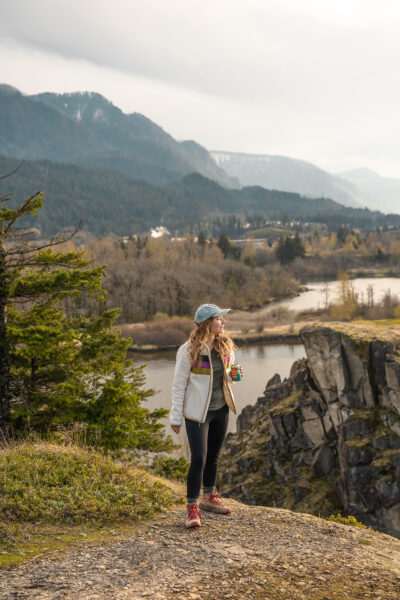
Be Considerate
When hiking, keep in mind that downhill hikers should yield to uphill hikers, and all hikers yield to livestock and horses.
Be courteous to others and don’t play music from speakers or make excessive noise, so everyone can have a pleasant hike.
Other Ways to be Responsible
Of course, being responsible goes beyond just following Leave No Trace. Here are a few more ways to help protect the environment when out adventuring.
When posting online about an area, include if there are specific Leave No Trace considerations.
Consider bringing a small bag to pick up trash left on the trail.
Bring an emergency GPS to aid first responders in finding you if something goes wrong.
Educate others about Leave No Trace if you see them behaving inappropriately, or inform a ranger.
Photography and Words by Voyages with Val
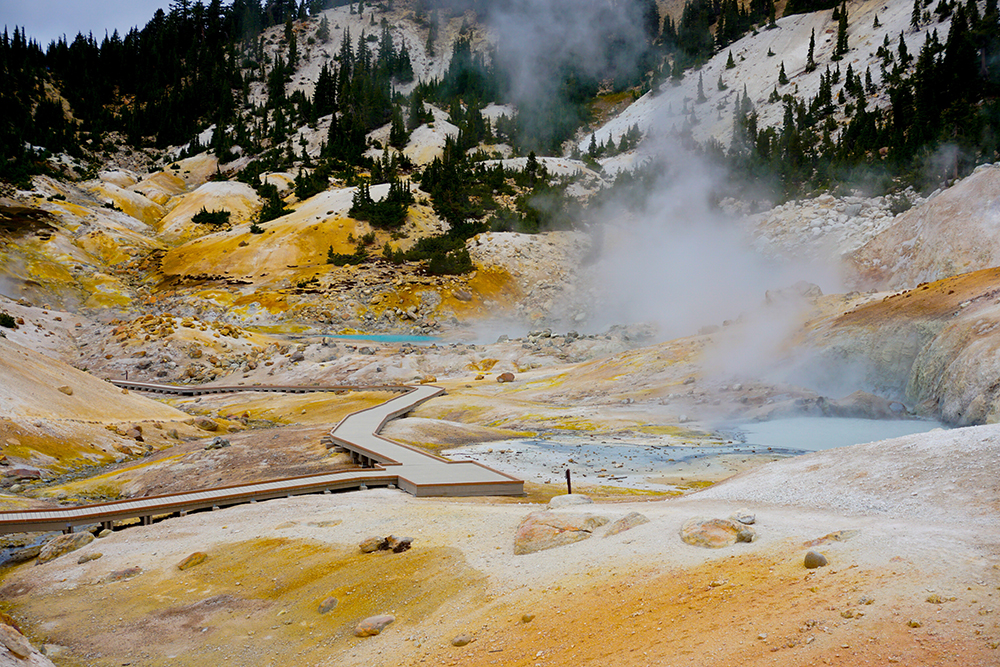 (image:
(image: 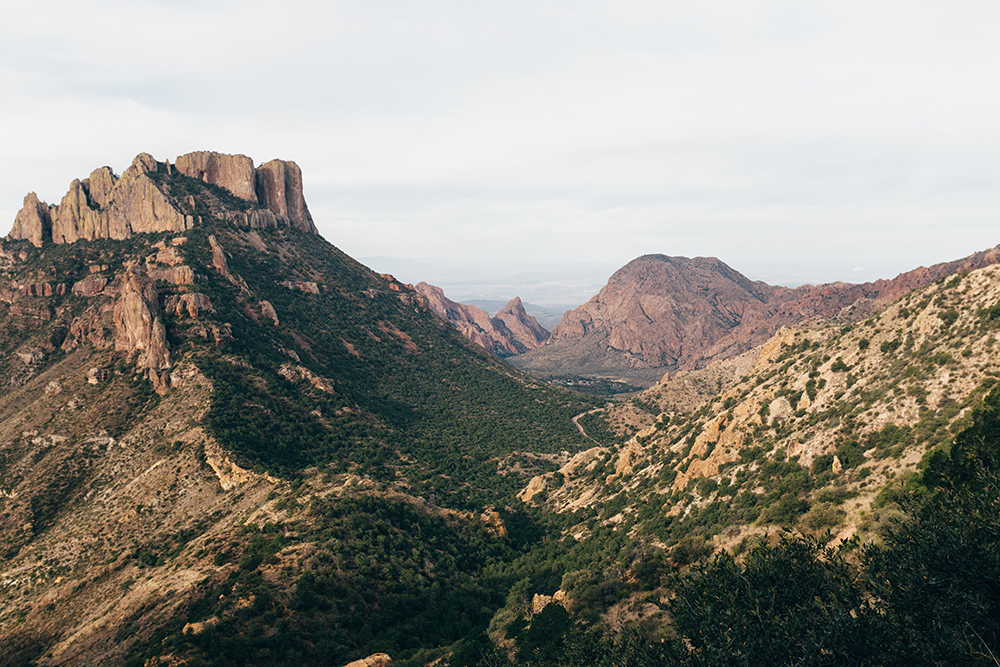 (image:
(image: 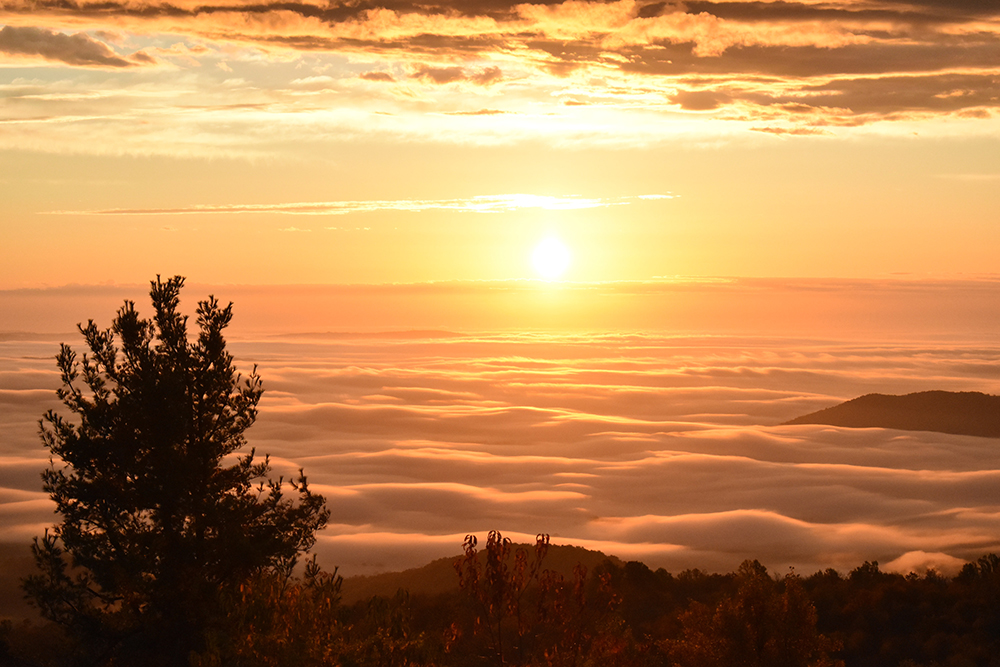 (image:
(image: 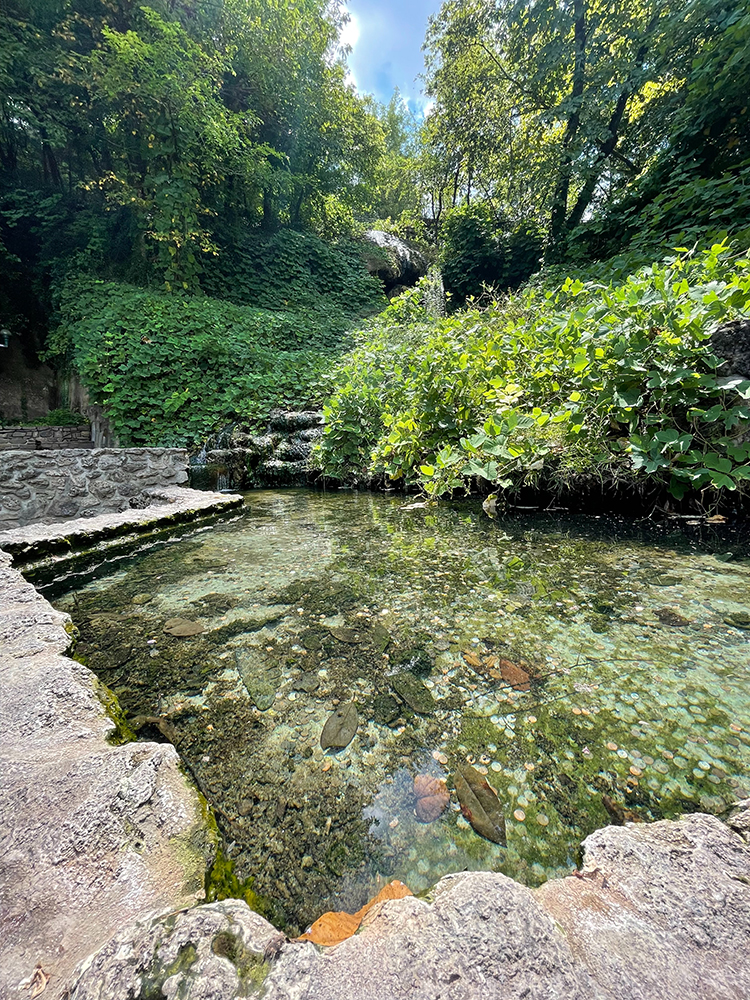 (image:
(image: 